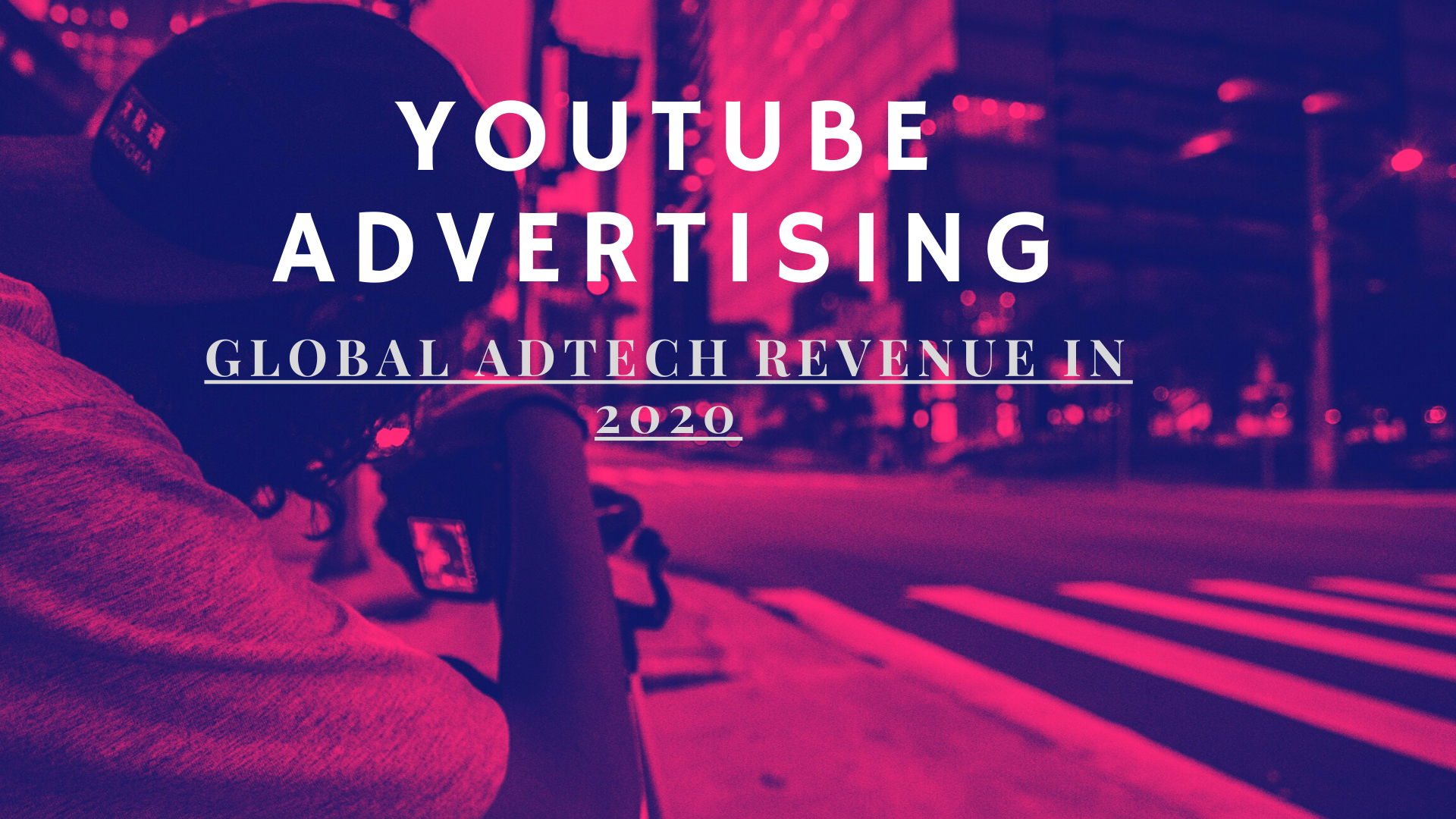Alphabet has announced annual revenue earned from YouTube, Google Search, and other Google products in its Q4 2019 financial statement. By declaring YouTube advertising’s annual and quarterly revenue, the Company has reinstilled faith in its investors, technology owners, and marketing partners.

In 2019, YouTube advertising earned Alphabet close to $15 Billion, up from $11.15 Billion in 2018.
By 2025, we should expect YouTube ad revenue to almost double. Its Cloud sibling, Google Cloud Platform earned $9 Billion in 2019. With a touch of AI, Cloud Computing, and Data Privacy Regulations, we should hope to see Google Economy grow in size and stance.
At the time of the announcement, Sundar Pichai, Chief Executive Officer of Alphabet and Google said —
“Our investments in deep computer science, including Artificial Intelligence, Ambient Computing, and Cloud Computing, provide a strong base for continued growth and new opportunities across Alphabet. I’m really pleased with our continued progress in Search and in building two of our newer growth areas — YouTube, already at $15 billion in annual ad revenue, and Cloud, which is now on a $10 billion revenue run rate.”
In a highly-regulated adtech space, YouTube ads continue to attract customers and users with their unique ability to monetize video formats. Today, brands and individual bloggers leverage YouTube ads to reach potential customers and “have them take action when they watch or search for videos on YouTube – and only pay when they show interest.”
But, the success should be attributed to YouTube’s ever-growing list of subscribers and advertisers.
As of December 2019, there are around 16,000 YouTube channels out there having over 1 million subscribers, says Tubics. According to the statistics, the US and India lead the race with the maximum number of YouTube videos, subscribers, as well as advertisers.

According to a report on YouTube Global Internal Data, the number of SMBs and medium-scale businesses advertising on YouTube has doubled.
With the advent of MarTech and AdTech domains within the technology ecosystem, we have seen how new companies have tried to either copy YouTube or build something entirely ‘Non-YouTube-y’ experience for its audience.
For example, Instagram’s IGTV, TikTok, Vimeo, and Twitch. These app-based video advertising and user-generated content advertising platforms have a sizeable audience reach across various continents.
And, we can’t take away the limelight from the current crop of on-demand video platforms and video streaming services offered by Amazon Prime Video, Netflix, Hulu, and Hotstar… It’s easy to put that YouTube’s popularity as a first-touch advertising platform remains unshaken.
Recently, Google announced that Google Chrome would completely close third-party cookies from 2022. We would keep a track of Google’s adtech economy and how it closely aligns with the current demand for private web-browsing, personalization, real-time video quality, and data privacy.
(To share your insights on Google and its technology, please write to us at sghosh@martechseries-67ee47.ingress-bonde.easywp.com)











